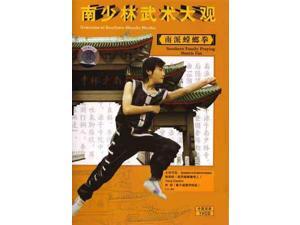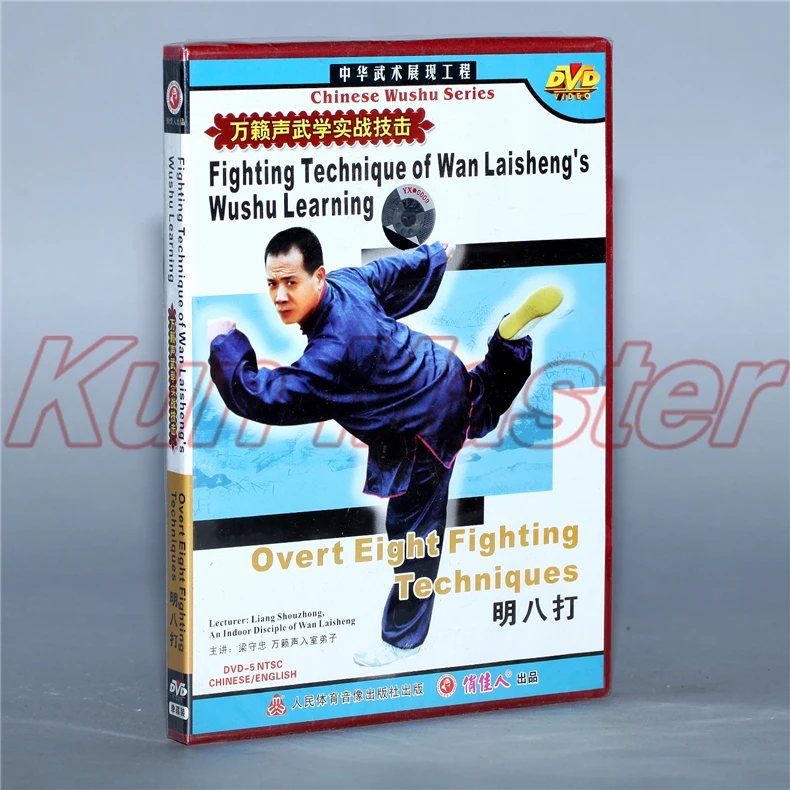

Bare-hand sparring would involve fist sparring and grappling with a sparring partner.Soft weapons: nine-section whip, double whips, single broadsword plus whip, three-section cudgel, meteoric hammer and rope dart.Double weapons: double broadswords, double swords, double hooks, double halberds and double twin-head spears.Long weapons: spear, cudgel, falchion and long-handed broadsword.Short weapons: broadsword, sword and dagger.a) BarehandedĪll bare-handed forms belong to this category, such as: The carpet used for the group event is also larger than the one used for individual routines.

Usually, the group event also allows instrumental music to accompany the choreography during the performance. The group event, also known as jiti, requires a group of people to perform together smooth synchronization of actions are crucial. The dual event is usually spectacular and actions are choreographed beforehand. The dual event, also called duilian, is an event that can involve some form of sparring with weapons, or without weapons or even using bare hands against weapons. In addition to events for individual routines, some wushu competitions also feature dual and group events. Modern wushu competitors are increasingly training in aerial techniques such as 540 and 720 degree jumps and kicks to add more difficulty and style to their forms. Competitive forms have time limits that can range from 1 minute, 20 seconds for some external styles to over five minutes for internal styles. The forms comprise of basic movements (stances, kicks, punches, balances, jumps, sweeps and throws) based on aggregate categories of traditional Chinese martial art style and can be changed for competitions to highlight one’s strengths.

Taolu involves martial art patterns and maneuvers for which competitors are judged and given points according to specific rules. Competitive Wushu is composed of two disciplines: Taolu (forms / routine exercises) and Sanda (sparring).


 0 kommentar(er)
0 kommentar(er)
